Traffic expert Phan Le Binh said that the Nguyen Van Linh - Nguyen Huu Tho intersection (District 7, Ho Chi Minh City) is still congested and jammed after the two underpasses were put into operation because it has not achieved the goal of reducing congestion as set out.
Long traffic jam
The underpass at the Nguyen Van Linh - Nguyen Huu Tho intersection has an investment of more than 800 billion VND with the expectation of reducing traffic congestion on the main road in the southern part of the city.
Since October 2024, the HC2 underpass (from District 7 to Binh Chanh District) has been opened and since the end of December 2024, the HC1 underpass (from Binh Chanh District to District 7) has also been completed and put into use. However, the traffic congestion situation in the area is still complicated and has not changed compared to before.
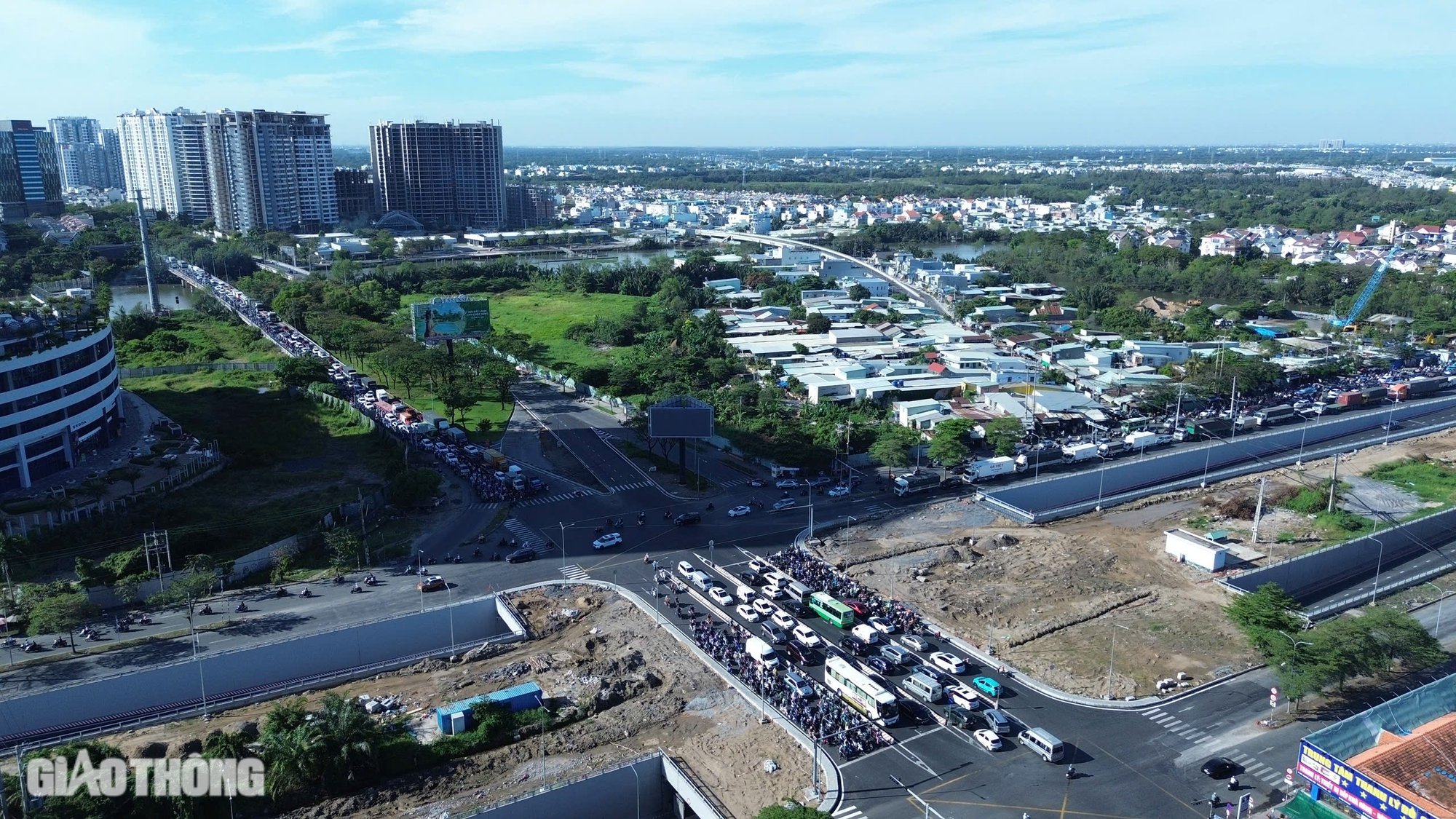
Traffic congestion at the Nguyen Van Linh - Nguyen Huu Tho intersection remains, despite the opening of two underpasses. Photo: My Quynh.
According to the reporter, traffic jams at this intersection occur frequently many days a week, especially during morning and evening rush hours. The line of cars stretches for kilometers.
The most serious is Nguyen Huu Tho street (both from the intersection to District 1 and Nha Be district) and Nguyen Van Linh street (from Binh Chanh district to District 7), with cars lining up close together.
With each green light, the number of vehicles exiting the intersection is limited, while more and more vehicles are arriving. Having to inch forward in the stifling atmosphere, many people are tired.
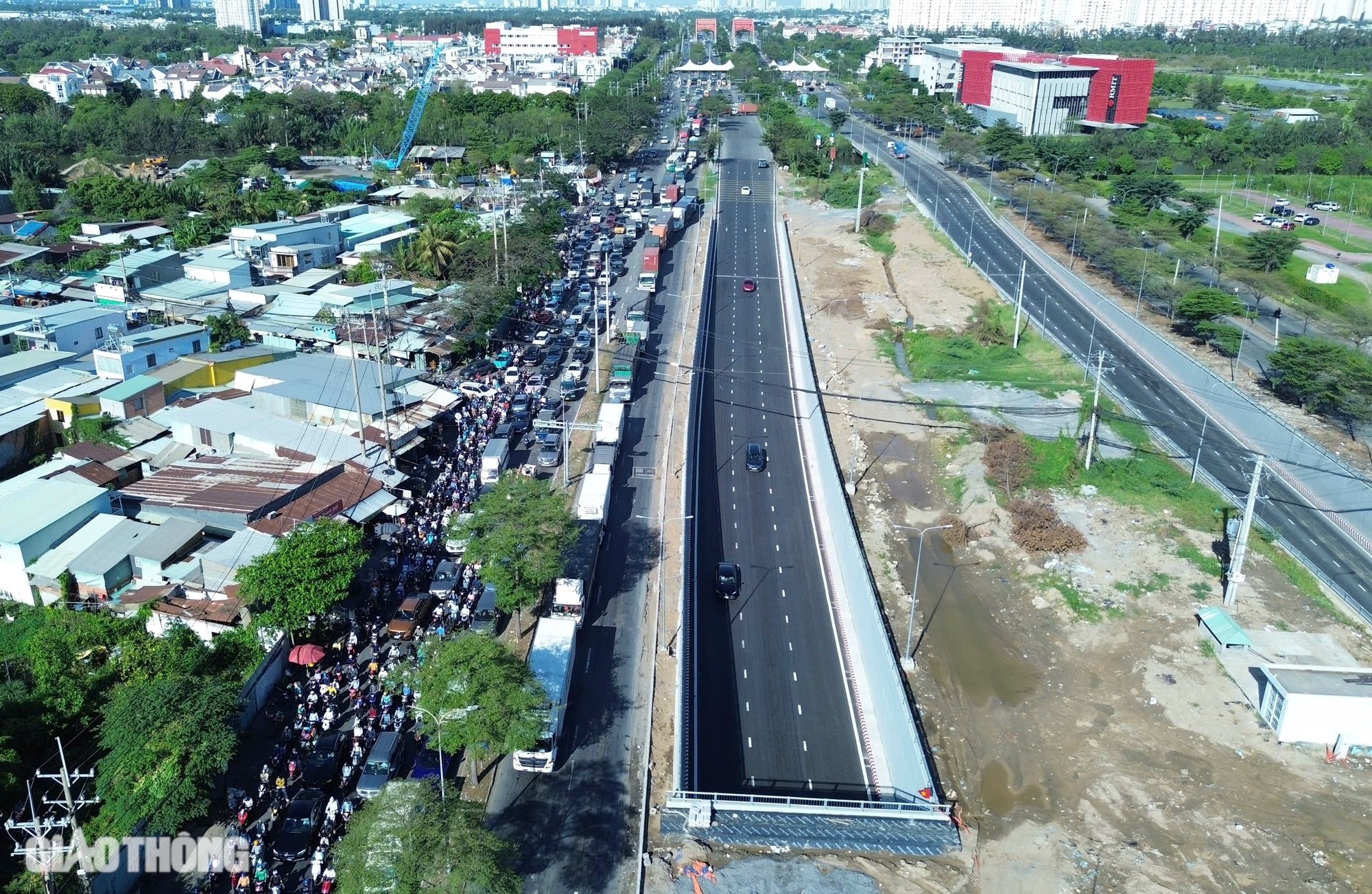
Even though the road is crowded and traffic is congested for a long time, very few cars go through the underpass. Photo: My Quynh.
It is worth mentioning that despite having to queue for kilometers due to traffic jams on the road, many drivers are indifferent to the newly opened underpass. At many times, the underpass is spacious and airy with 3 empty lanes, with no vehicles moving, while above it, trucks and container trucks are lined up waiting to pass through the intersection.
Mr. Do Hoang Sa (residing in Phuoc Kieng commune, Nha Be district) said that when the underpass was being built, traffic jams at the intersection occurred every day. People hoped that the underpass would end this situation. However, when the underpass was in operation, traffic jams were worse than before.
"After Tet, I found the traffic jams worse than before. Every day I had to wait 30-40 minutes to get from Nha Be to District 7, even though it was only a few kilometers. Every time the light turned green, only a few cars could get through, then I had to wait for a long time. The traffic was crowded, dusty, hot, and tiring," said Mr. Hoang.
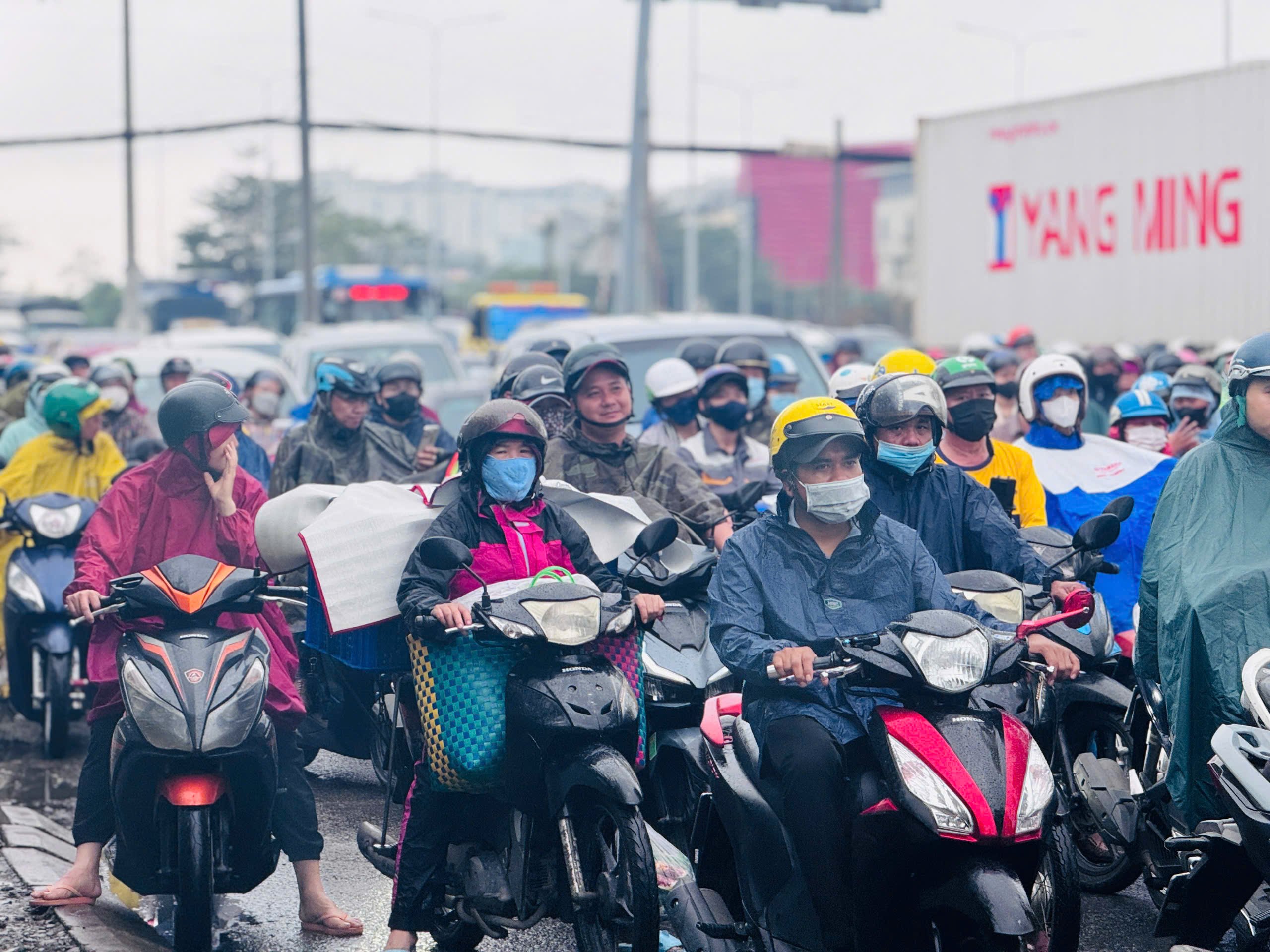
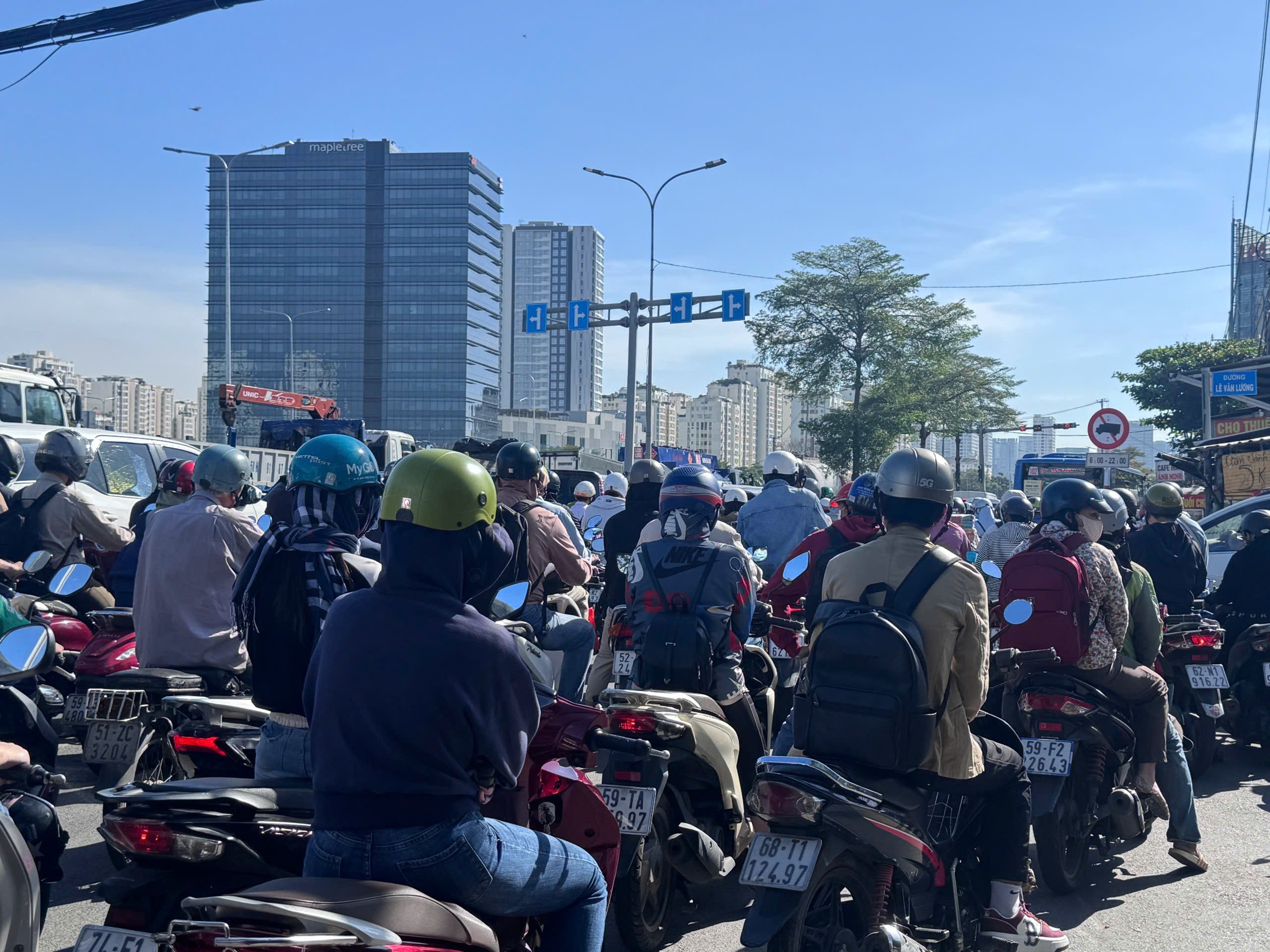
People with difficulty moving through the Nguyen Van Linh - Nguyen Huu Tho intersection. Photo: My Quynh.
What is the solution?
According to Mr. Tu Nam, people living in the intersection area, the underpass was put into use but very few vehicles go straight, proving that there is a problem with traffic flow. The road for vehicles turning right from Nguyen Huu Tho Street to Nguyen Van Linh (from Nha Be District to District 7) is very small, just one car turning will cause a traffic jam behind. Finally, the traffic light signals are not suitable, so the headlights for vehicles going straight, turning right, and turning left should be separated to avoid the situation where large vehicles crossing the road block the flow of vehicles going straight...
In addition to vehicles that have to turn left or right or do not know that the underpass is open and do not go down the underpass, some drivers said that they choose to stay on the road to ensure safety, even though they have to wait for a long time in traffic jams.
"I drive a container truck, the load is heavy so moving in the underpass is not as safe as on the road. The underpass is designed with a slope, even if I slow down, it is more difficult to handle an incident than on a flat road, so I rarely move down the underpass," a driver shared.
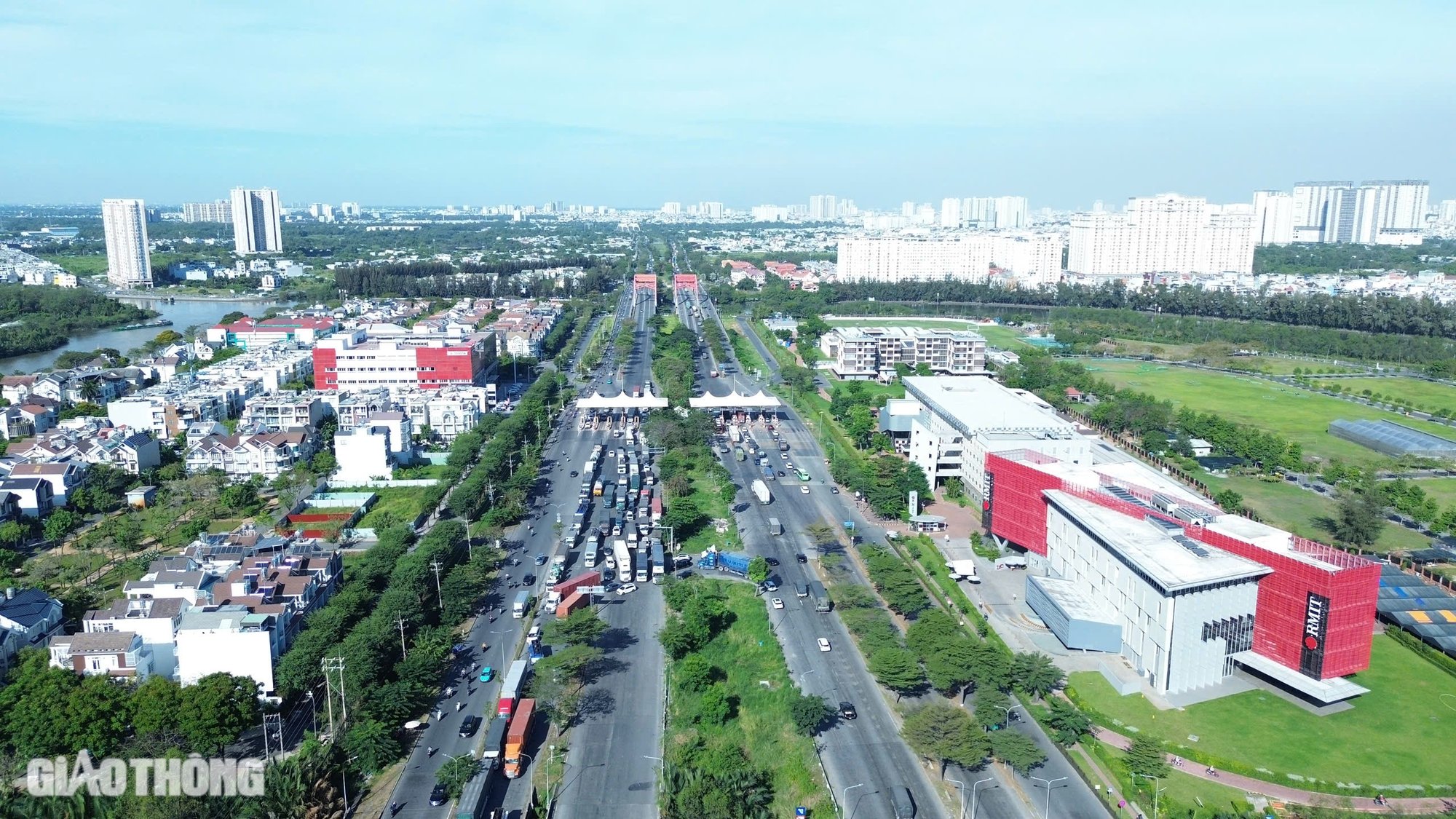
The line of vehicles from the toll booth turns to the upper lane instead of going down the underpass. Photo: My Quynh.
According to traffic expert Phan Le Binh, the Nguyen Van Linh - Nguyen Huu Tho intersection is still congested and jammed after the two underpasses were put into operation because it has not achieved the goal of reducing congestion as previously set.
Traffic jams can be caused by many different reasons, for example, drivers are not familiar with the new route, the control of the light cycle before and after the underpass is not suitable, or the regulation of traffic going straight, turning left, and right is not reasonable...
In addition, after the rain, the underpass was flooded quite heavily. This is a technical problem that the construction unit must thoroughly resolve, absolutely not allowing flooding, leading to congestion or unsafety.
Mr. Binh also said that the right turn from Nguyen Van Linh Street to Nguyen Huu Tho Street is quite narrow, causing difficulties for container trucks and large trucks. This area currently has a large median strip, the authorities can consider narrowing it down, creating a wider turn, which will positively impact traffic at the intersection.
According to Mr. Binh, the current fundamental solution is to survey vehicles in all directions through the intersection, put them into simulation software to calculate the appropriate light cycle and then apply it. This will help to divide the traffic flow scientifically and accurately, creating less disruption...
"Some drivers may not know the direction and are still moving in the tunnel. The traffic management unit needs to provide specific information about the directions so that drivers know. Drivers being afraid of the slope of the tunnel, making it difficult for heavy trucks to move, will be a difficult and challenging technical problem," said Mr. Binh.
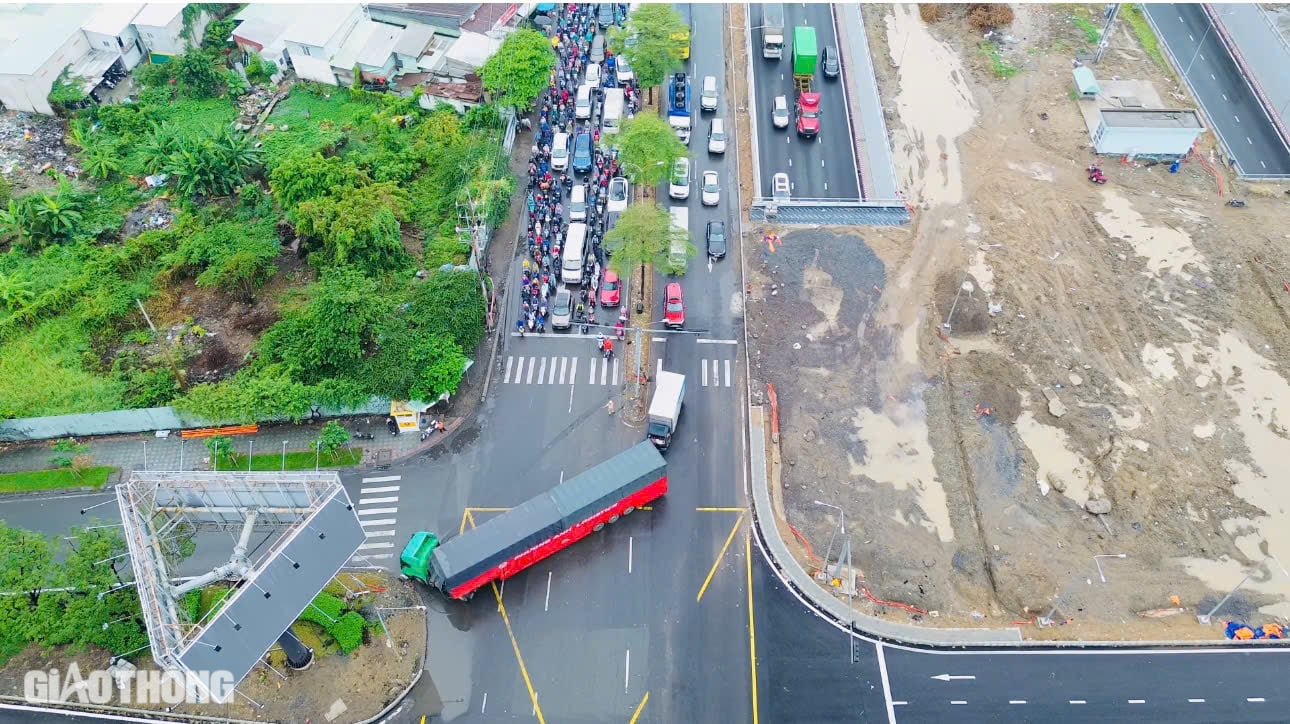
Many turns at the Nguyen Van Linh - Nguyen Huu Tho intersection are quite narrow, causing difficulties and obstacles when large vehicles change direction. Photo: My Quynh.
The Ho Chi Minh City Department of Transport and Public Works said that it has grasped the traffic situation at the Nguyen Van Linh - Nguyen Huu Tho intersection and is working with relevant parties to research and propose solutions.
According to the assessment, currently, the number of vehicles from Binh Chanh district to Hiep Phuoc Industrial Park (Nha Be district) has two routes: One is to turn right onto Le Van Luong street, go over Rach Dia bridge; the other is to go straight to Nguyen Van Linh - Nguyen Huu Tho intersection and then turn right onto Nguyen Huu Tho street.
However, most vehicles choose the second route, causing a large volume of straight-going and right-turning vehicles on Nguyen Van Linh Street. Straight-going vehicles will block the right-turning vehicle. Conversely, when vehicles turn right, straight-going vehicles will be pushed back, leading to congestion.
Regarding solutions, the HCM City Department of Transport and Public Works is studying to limit heavy trucks and container trucks from entering the intersection area to turn left in different directions according to the hour (rush hour or time frame of the day). Because if these vehicles go straight, they will not obstruct traffic; but when turning left, they will block the flow of traffic, causing congestion at the intersection.
In addition, the Ho Chi Minh City Department of Transport also designed traffic signs to guide traffic into the underpass and assigned relevant parties to coordinate in guiding and dividing traffic flow.
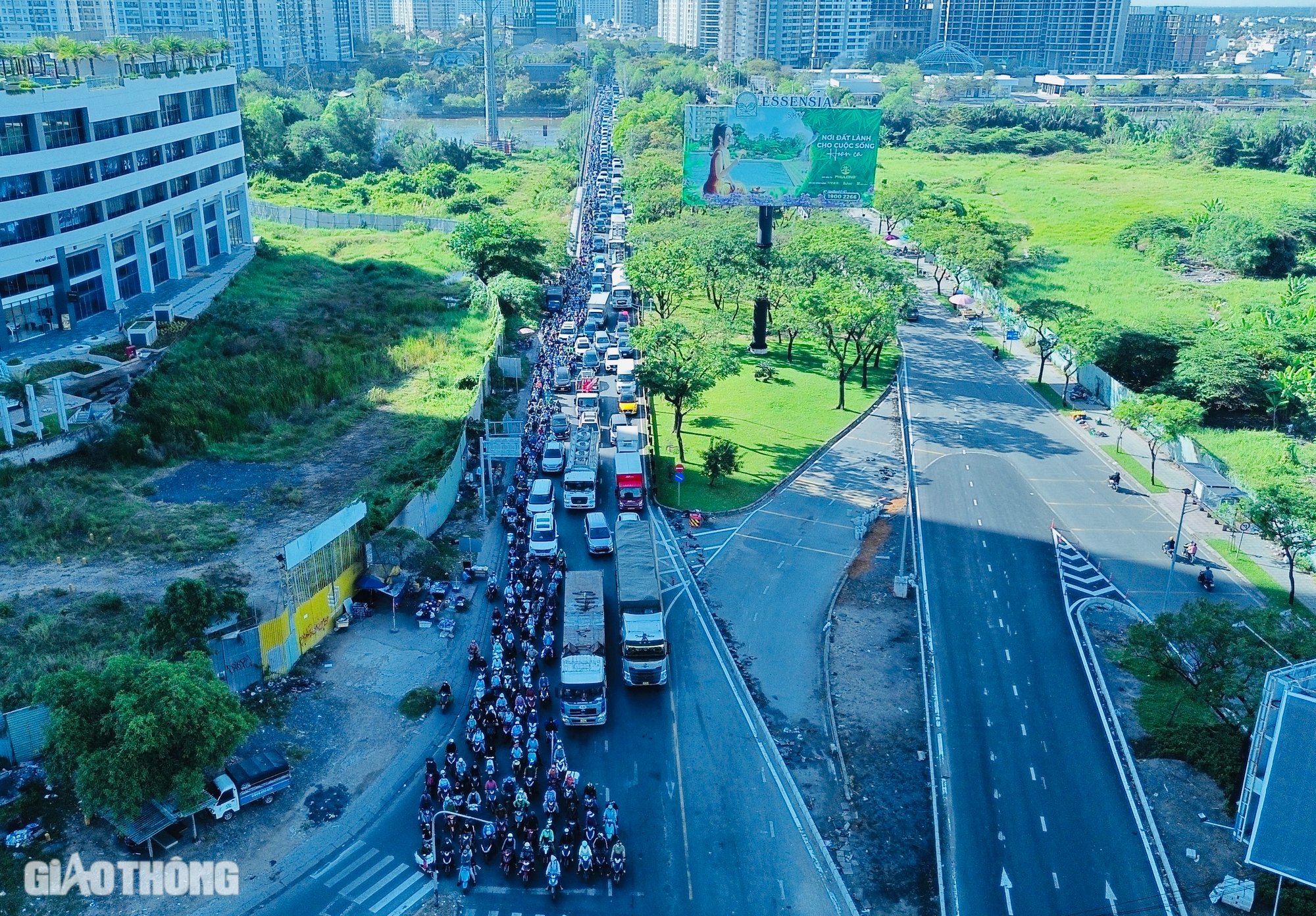
Nguyen Huu Tho street is crowded both towards Nha Be and District 4. Photo: My Quynh.
The Ho Chi Minh City People's Council has just approved the investment policy to upgrade and expand 4 BOT gateway roads of Ho Chi Minh City, including the North - South axis of the city (Nguyen Huu Tho axis), starting at the intersection of Nguyen Van Linh - Nguyen Huu Tho, ending at Ben Luc - Long Thanh expressway. The project will build an elevated road, a parallel road 8.6km long with a scale of 10 lanes, a cross-section of 60m wide, passing through District 7 and Nha Be district.
The project has a total investment of about 9,894 billion VND, expected to start construction in the first quarter of 2026 and be completed and put into operation in 2028.
When completed, this will be a vital route, helping vehicles to circulate quickly, with little interruption, and connecting the existing central area with the new urban area of South Saigon, the urban area - Hiep Phuoc port, forming a radial traffic axis connecting Ring Road 2 with Ben Luc - Long Thanh Expressway (Ring Road 3) and later Ring Road 4; meeting the inter-regional traffic needs of the southern gateway area of the city with the provinces of the East and Southwest.
Source: https://www.baogiaothong.vn/vi-sao-co-ham-chui-hon-800-ty-nut-giao-nguyen-van-linh-nguyen-huu-tho-van-un-tac-192250222121029839.htm


![[Photo] National Assembly Chairman Tran Thanh Man attends the ceremony to celebrate the 1015th anniversary of King Ly Thai To's coronation](https://vstatic.vietnam.vn/vietnam/resource/IMAGE/2025/4/13/6d642c7b8ab34ccc8c769a9ebc02346b)

![[Photo] National Assembly Chairman Tran Thanh Man attends the Policy Forum on Science, Technology, Innovation and Digital Transformation](https://vstatic.vietnam.vn/vietnam/resource/IMAGE/2025/4/13/c0aec4d2b3ee45adb4c2a769796be1fd)


![[Photo] Prime Minister Pham Minh Chinh chairs the Government's special meeting on law-making in April](https://vstatic.vietnam.vn/vietnam/resource/IMAGE/2025/4/13/8b2071d47adc4c22ac3a9534d12ddc17)
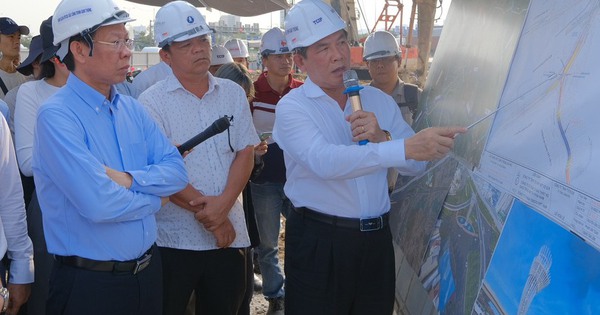

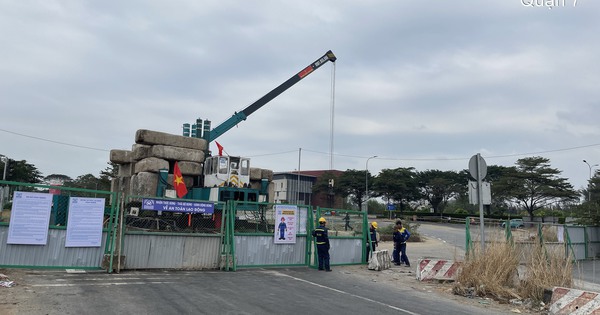
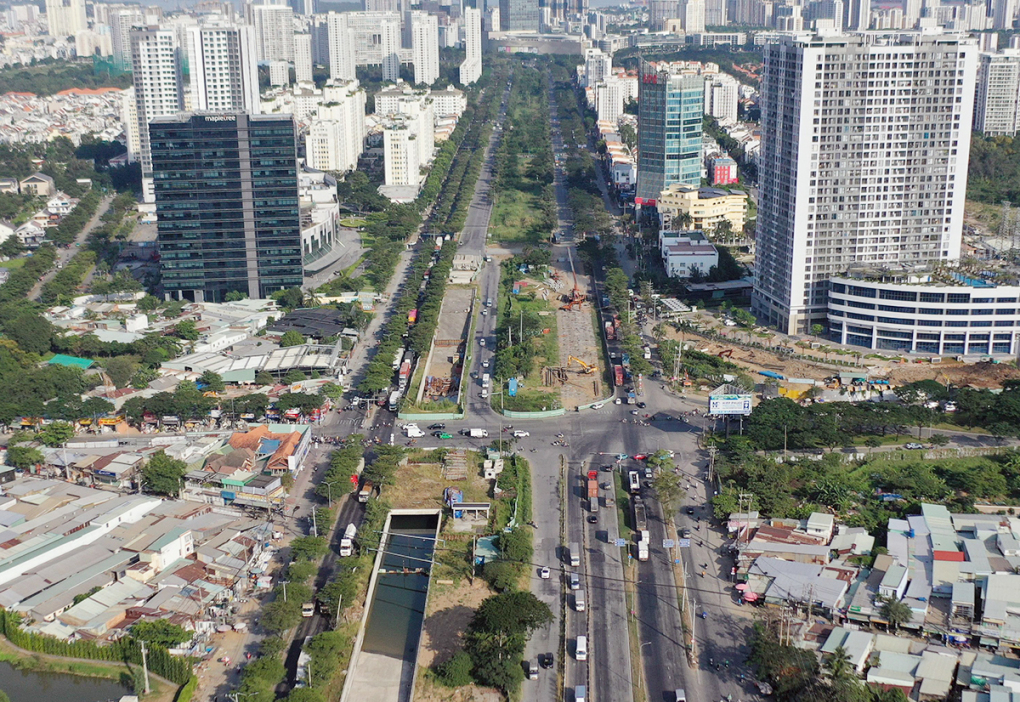

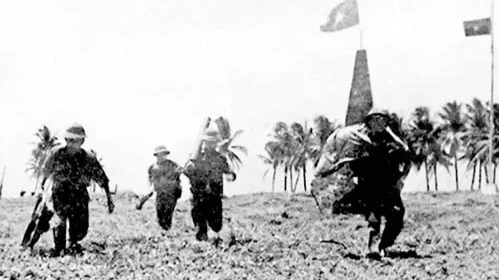
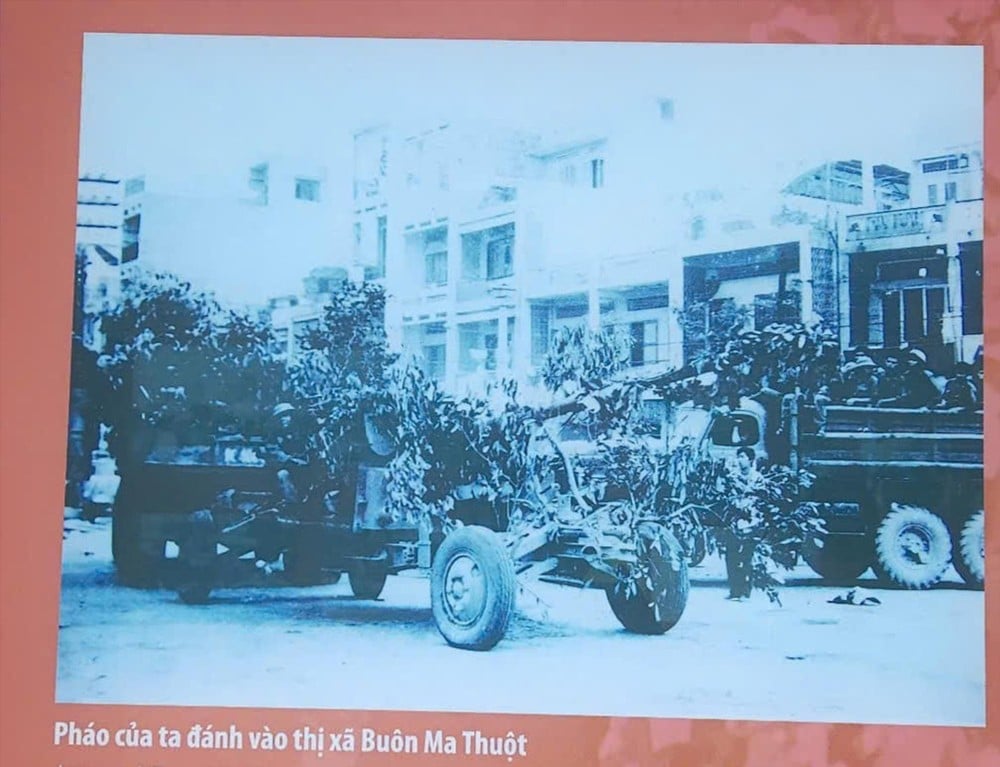
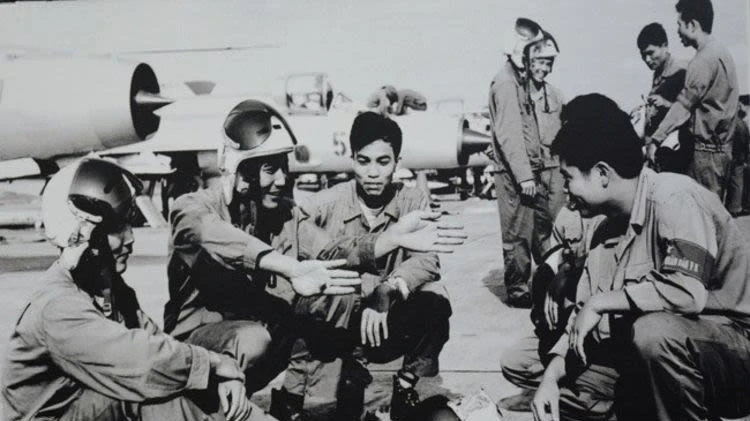
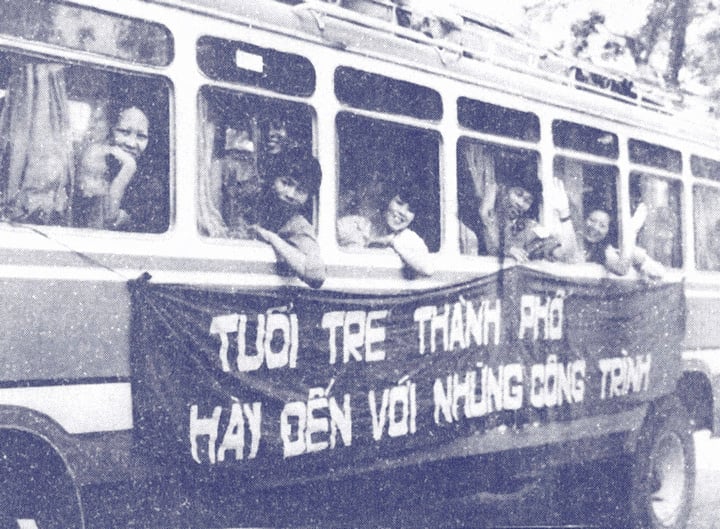
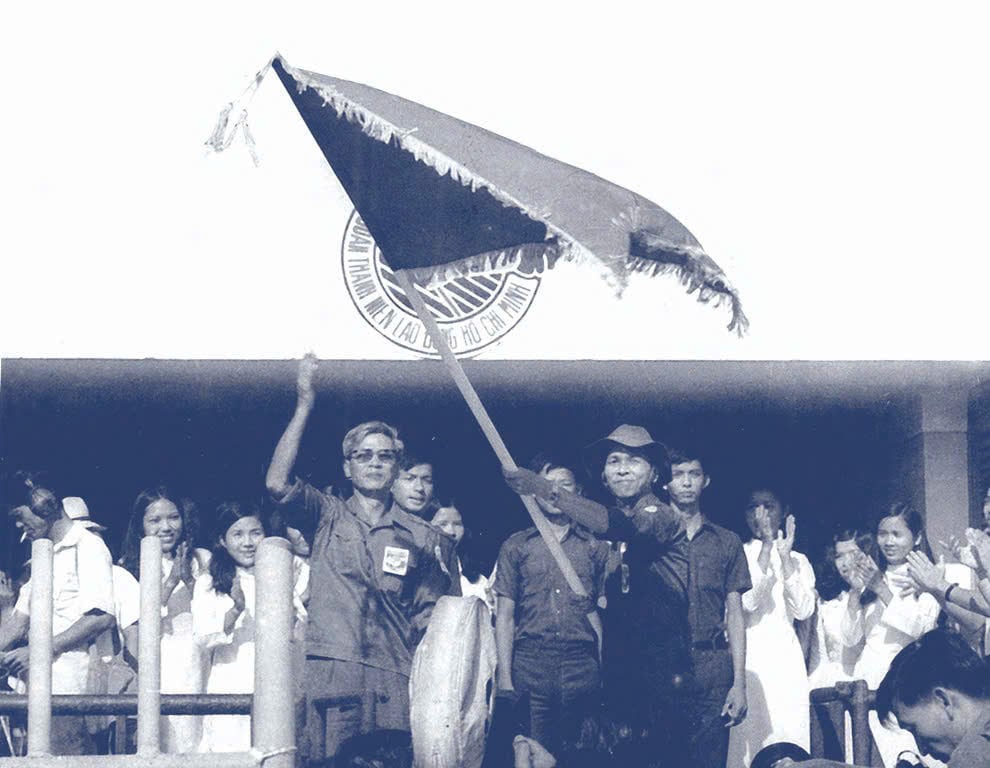
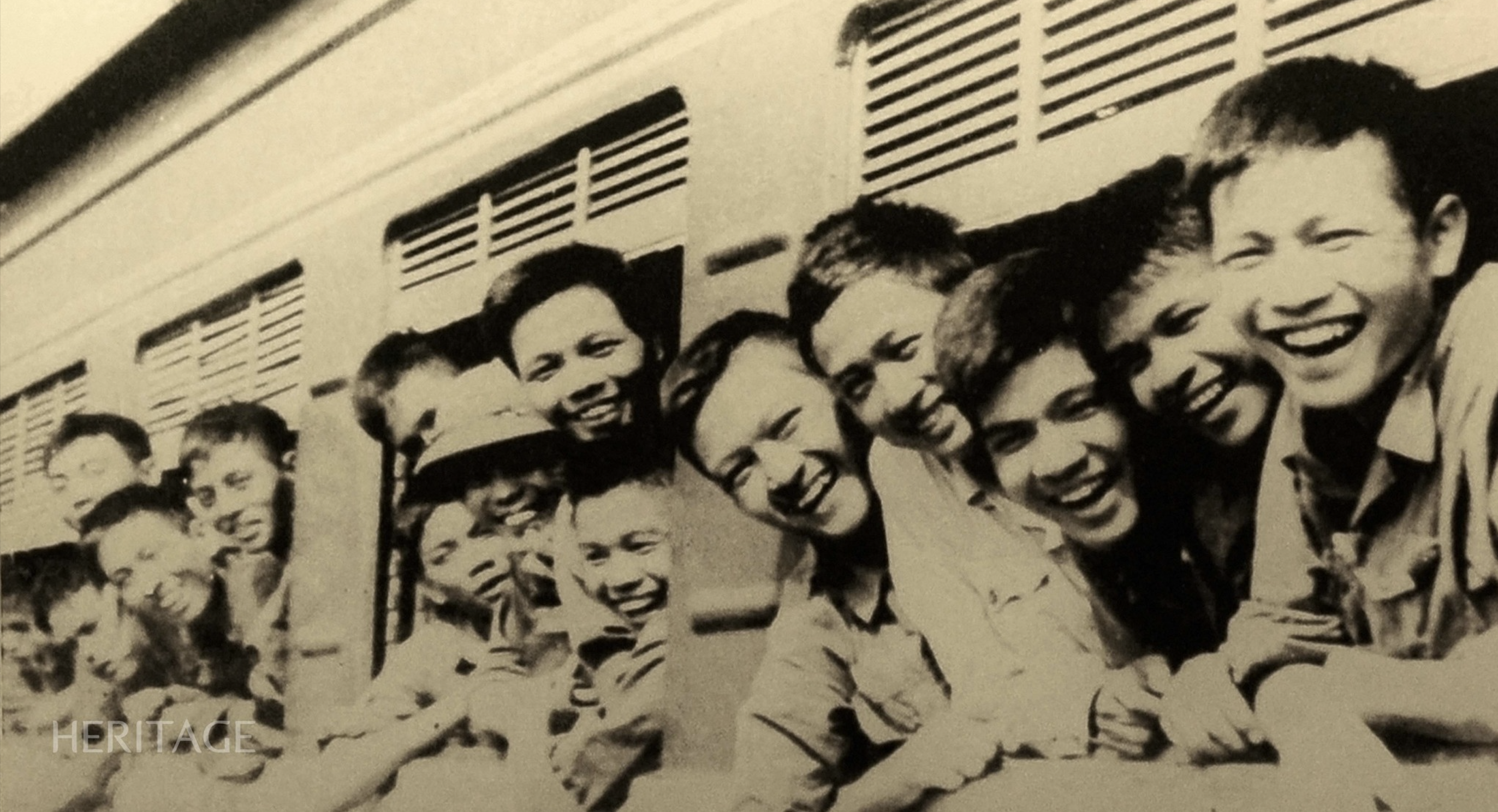





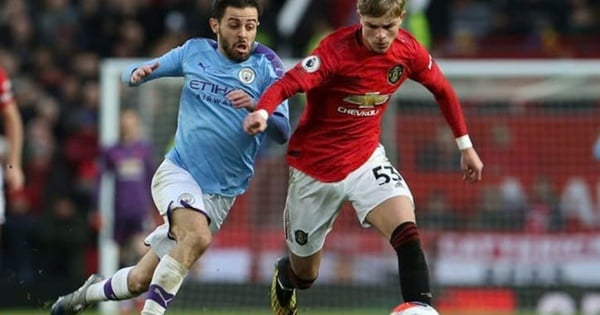
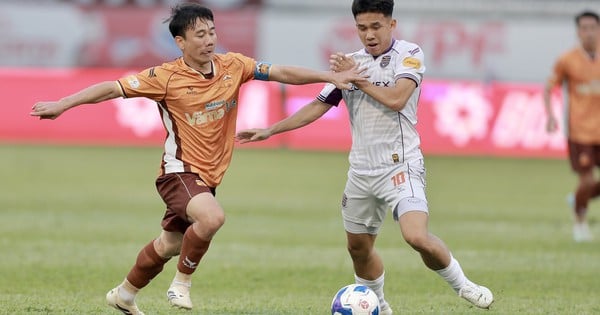


































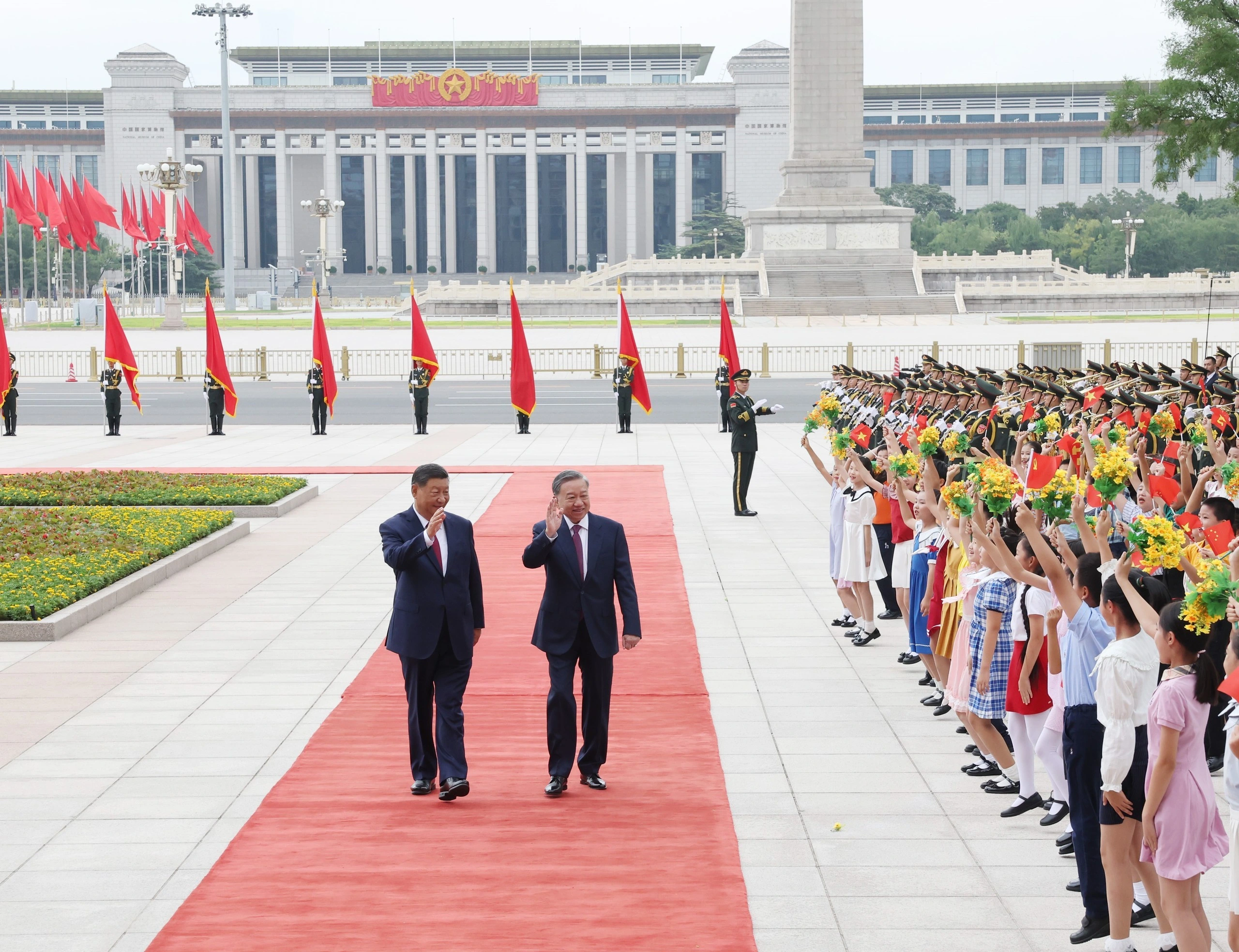
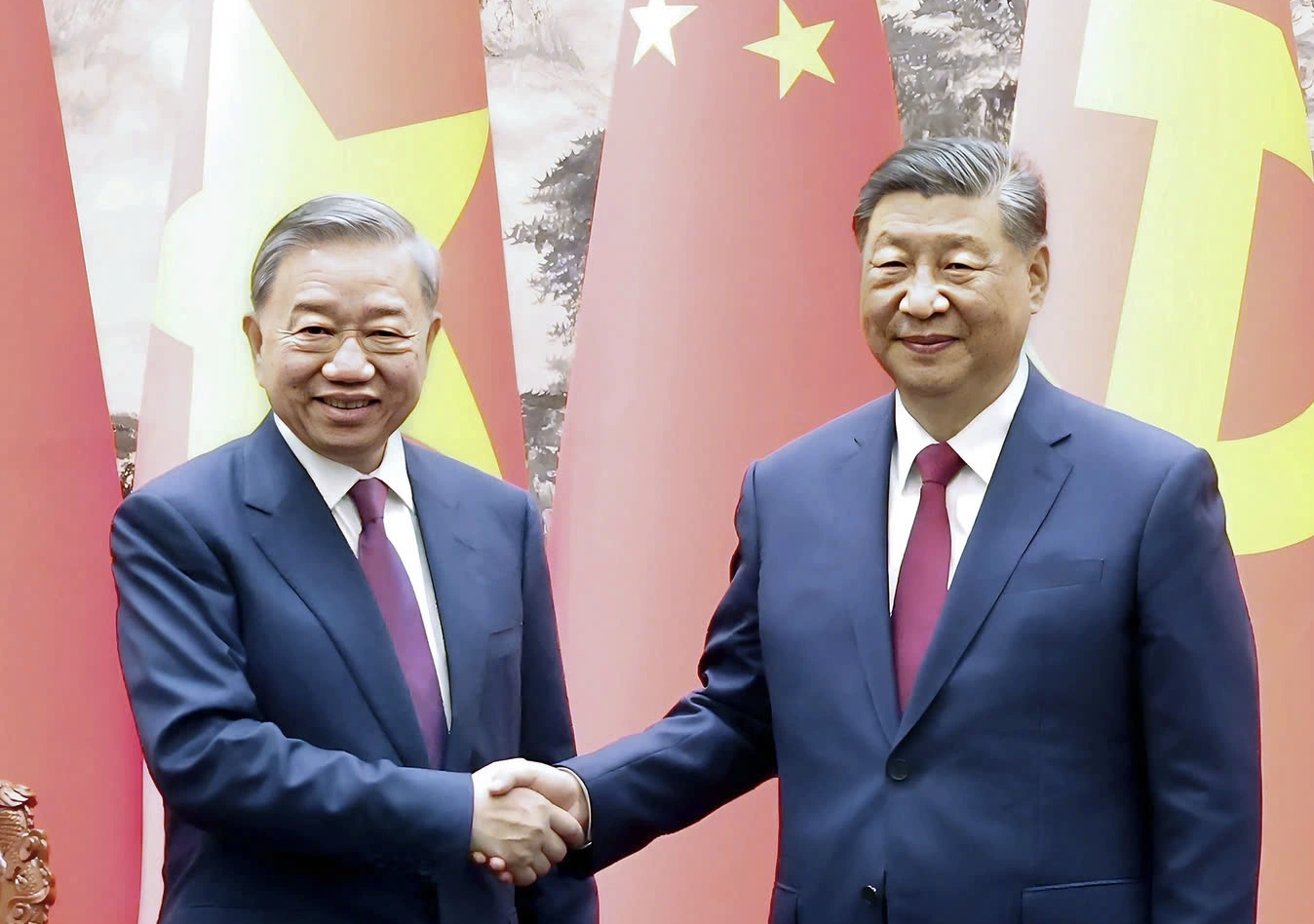





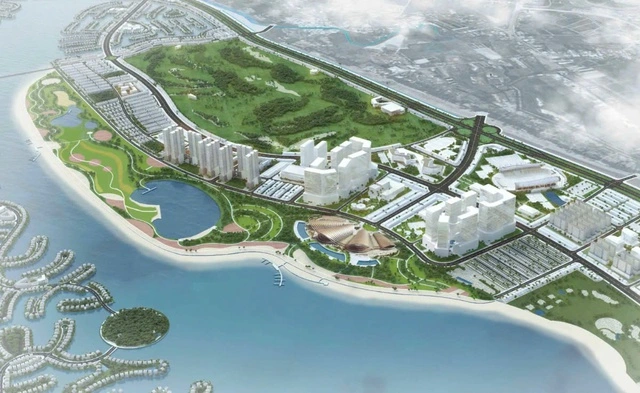
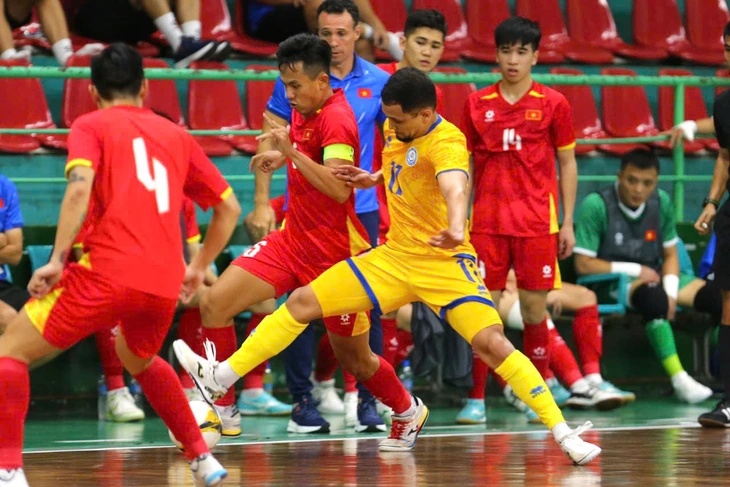
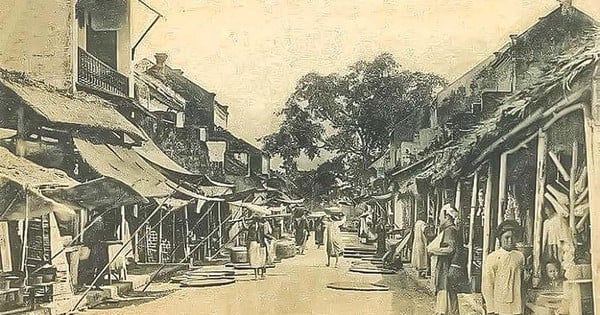

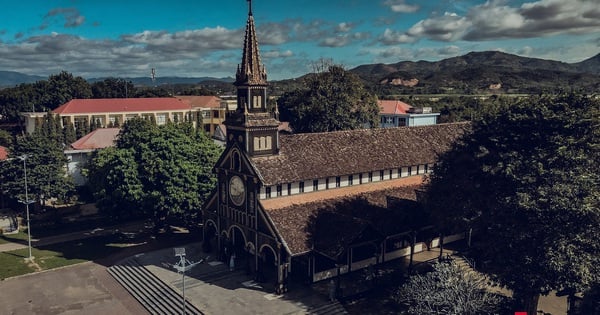
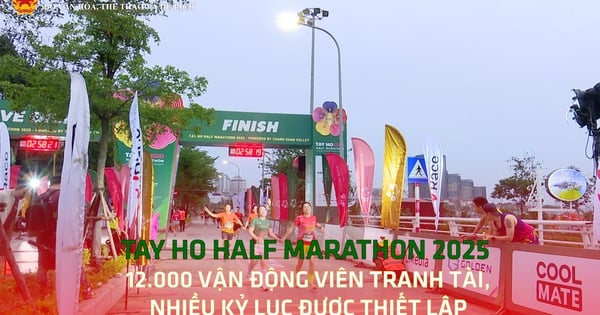
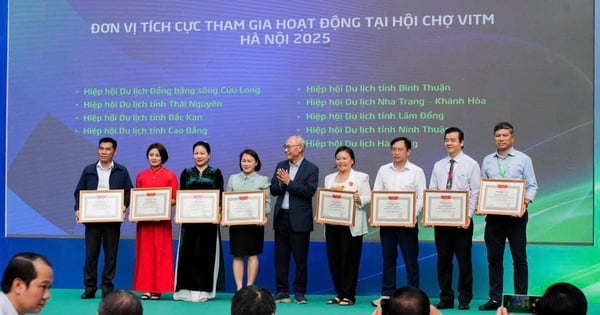



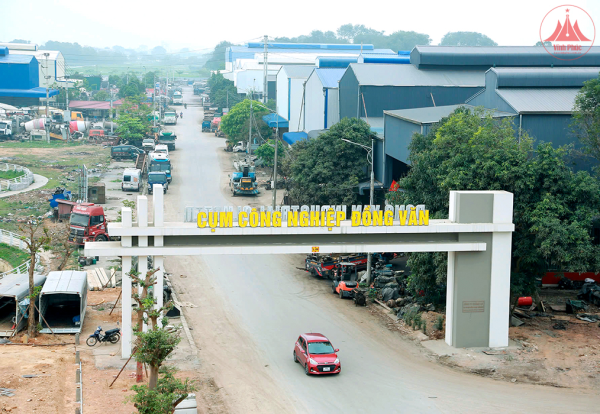

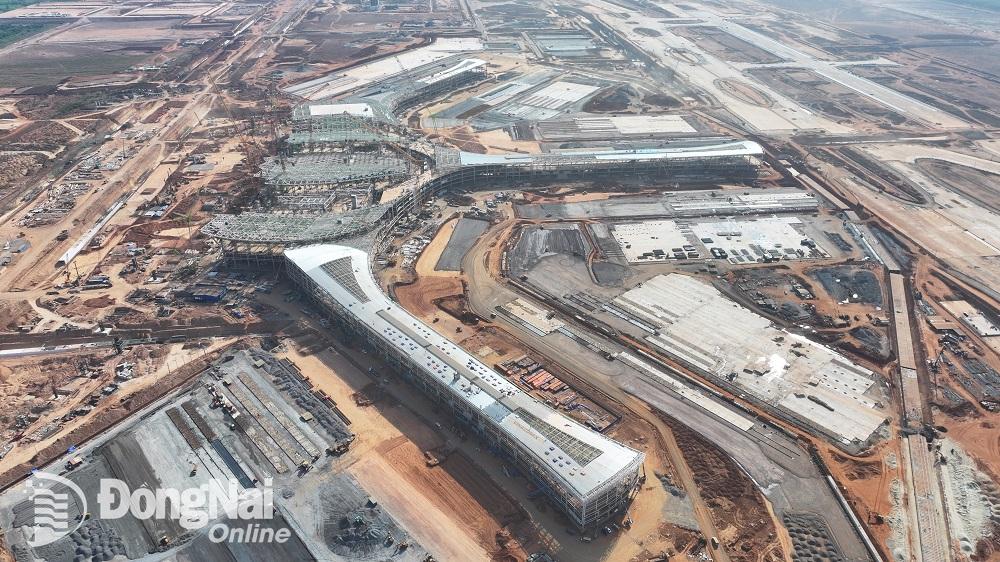

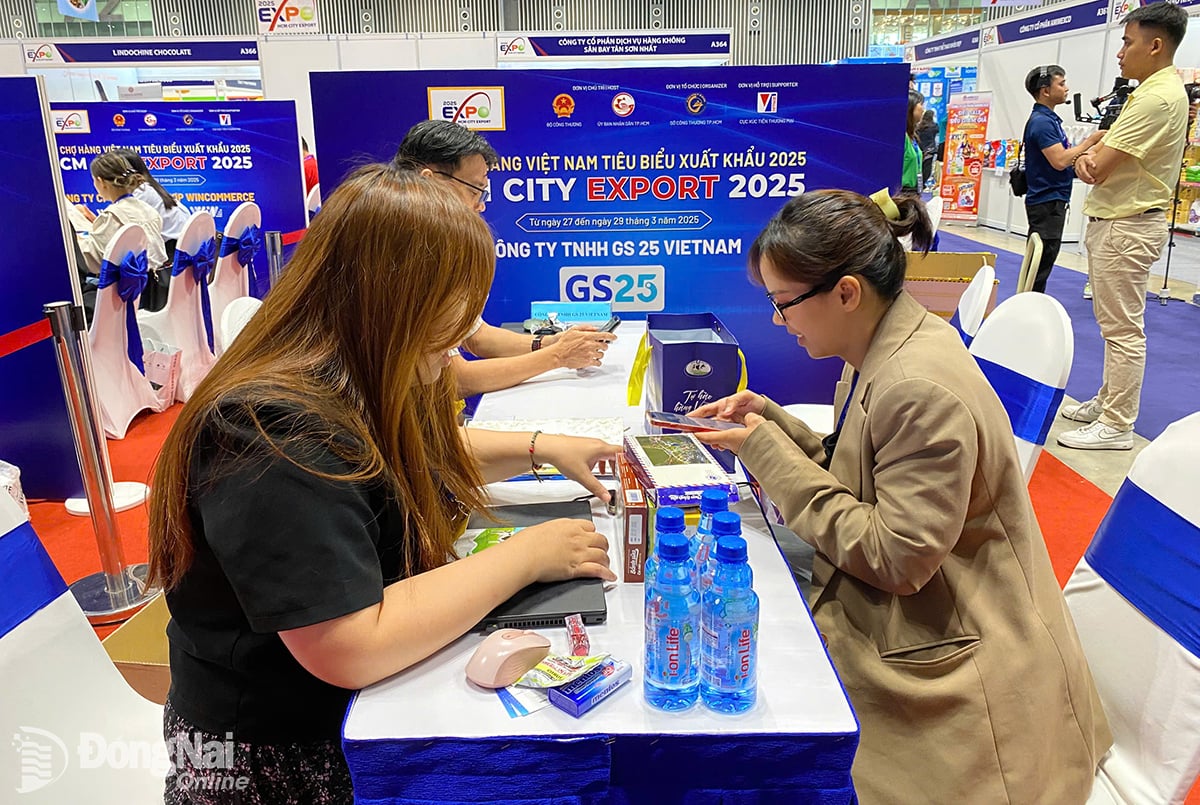

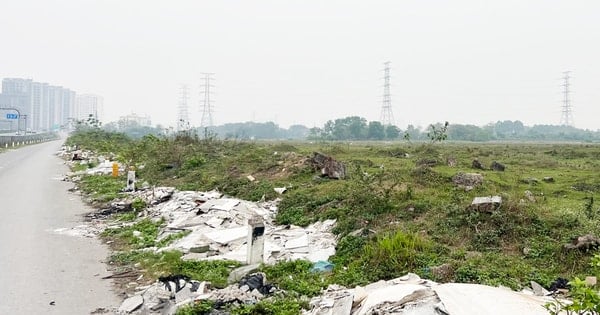

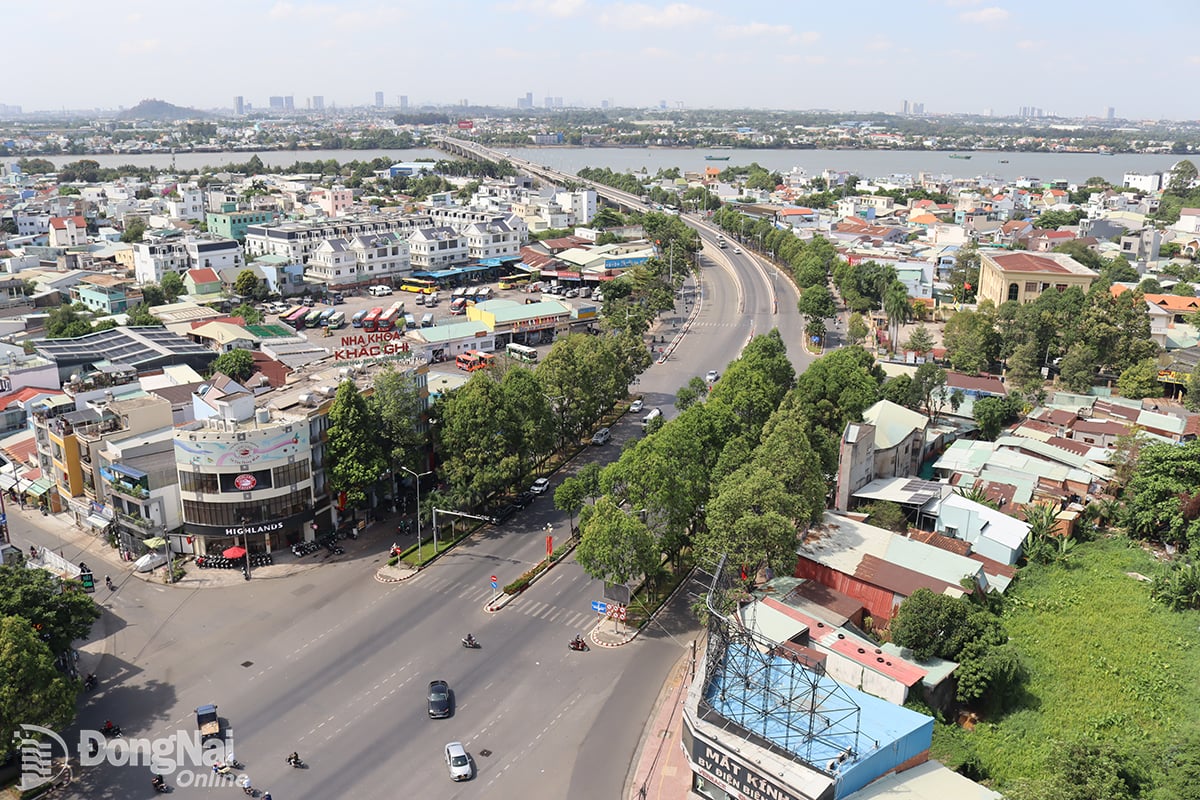











Comment (0)